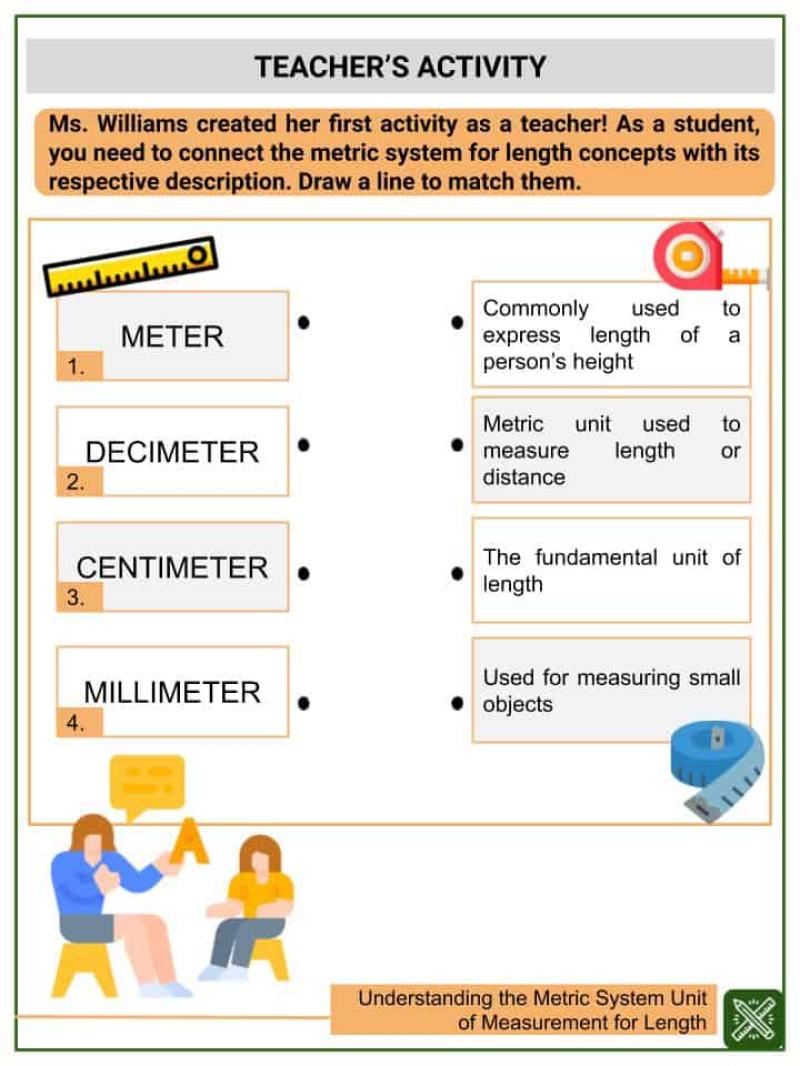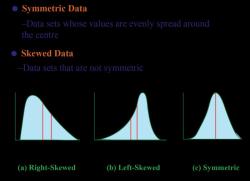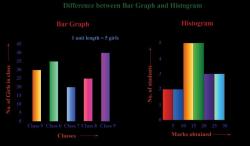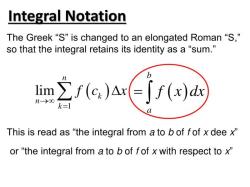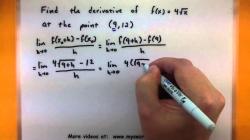What are the four units of measurement in the metric system?
In the metric system, there are four fundamental units of measurement that serve as the base units for various physical quantities. These base units are:
Meter (m):
- The meter is the base unit for measuring length or distance. It is defined as the distance traveled by light in a vacuum during a specific fraction of a second. The meter is commonly used for expressing dimensions such as height, width, and depth.
Kilogram (kg):
- The kilogram is the base unit for measuring mass. It is defined as the mass of the International Prototype of the Kilogram, a platinum-iridium alloy cylinder kept at the International Bureau of Weights and Measures (BIPM) in France. The kilogram is used to quantify the amount of matter in an object.
Second (s):
- The second is the base unit for measuring time. It is defined as the duration of 9,192,631,770 periods of the radiation corresponding to the transition between two hyperfine levels of the ground state of the cesium-133 atom. The second is fundamental in various scientific and everyday time measurements.
Ampere (A):
- The ampere is the base unit for measuring electric current. It is defined by the amount of charge passing through a conductor in one second when an electric current of one coulomb flows. The ampere is used to quantify the flow of electric charge.
These four base units provide the foundation for measuring various physical quantities in the metric system. Derived units, such as the volt, ohm, newton, and others, are created by combining these base units in different ways to measure additional properties like voltage, resistance, force, and more. The metric system is a decimal-based system, making it easy to convert between different units and facilitating widespread use in science, industry, and daily life.
Understanding the Base Units of the Metric System
The metric system is a decimal system of measurement based on seven base units that represent fundamental physical quantities. These base units are:
Meter (m): The unit of length, defined as the distance traveled by light in a vacuum in 1/299,792,458 of a second.
Kilogram (kg): The unit of mass, defined as the mass of a specific international prototype kilogram.
Second (s): The unit of time, defined as the duration of 9,192,631,770 periods of the radiation corresponding to the transition between the two hyperfine levels of the ground state of the cesium-133 atom.
Ampere (A): The unit of electric current, defined as the constant flow of electric charge of 1/1.602176634 × 10^-19 coulombs per second.
Kelvin (K): The unit of thermodynamic temperature, defined as 1/273.16 of the thermodynamic temperature of the triple point of water.
Mole (mol): The unit of amount of substance, defined as the number of entities (atoms, molecules, ions, or particles) equal to the Avogadro number (6.02214076 × 10^23).
Candela (cd): The unit of luminous intensity, defined as the luminous intensity of a source that emits monochromatic radiation of frequency 540 × 10^12 hertz with a radiant power of 1/683 watts.
These base units form the foundation of the entire metric system, and all other units are derived from them.
Exploring the Derived Units of the Metric System
Derived units are units of measurement that are obtained from the base units through mathematical operations. They represent various physical quantities and are essential for measuring different aspects of the world around us.
Here are some examples of derived units:
Area: Measured in square meters (m²), derived from the square of the meter (m).
Volume: Measured in cubic meters (m³), derived from the cube of the meter (m).
Speed: Measured in meters per second (m/s), derived from the division of meters (m) by time (s).
Density: Measured in kilograms per cubic meter (kg/m³), derived from the division of mass (kg) by volume (m³).
Frequency: Measured in hertz (Hz), defined as the number of cycles per second.
Force: Measured in newtons (N), derived from the product of mass (kg) and acceleration (m/s²).
Pressure: Measured in pascals (Pa), derived from the division of force (N) by area (m²).
Power: Measured in watts (W), derived from the product of force (N) and velocity (m/s).
Energy: Measured in joules (J), derived from the product of force (N) and distance (m).
The metric system provides a comprehensive set of derived units to measure a wide range of physical quantities, making it a versatile and adaptable system of measurement.
Applying Metric Units for Length, Mass, Volume, and Time
The metric system provides a consistent and standardized way to measure length, mass, volume, and time. Here are some examples of how metric units are used in these areas:
Length:
Measuring the length of a room: 5 meters (m)
Measuring the height of a person: 1.7 meters (m)
Measuring the distance between two cities: 200 kilometers (km)
Mass:
Weighing a grocery item: 1.5 kilograms (kg)
Weighing a letter: 25 grams (g)
Measuring the body mass of a person: 75 kilograms (kg)
Volume:
Measuring the volume of a swimming pool: 500 cubic meters (m³)
Measuring the volume of a cup of coffee: 250 milliliters (mL)
Measuring the volume of a gasoline tank: 50 liters (L)
Time:
Measuring the duration of a meeting: 1 hour (h)
Measuring the time it takes to run a marathon: 2 hours and 30 minutes (h:min)
Measuring the time it takes for light to travel from the sun to Earth: 8 minutes and 20 seconds (min:s)
By using metric units consistently and
